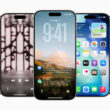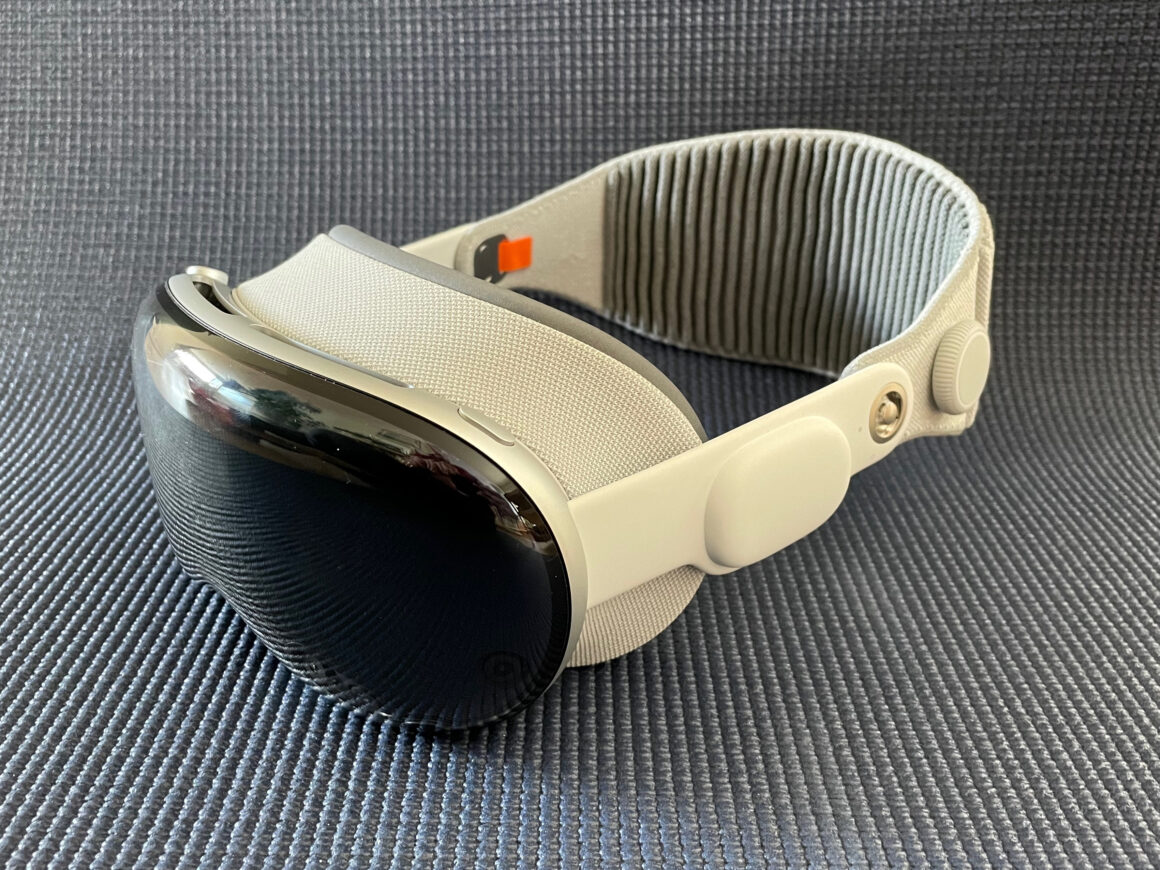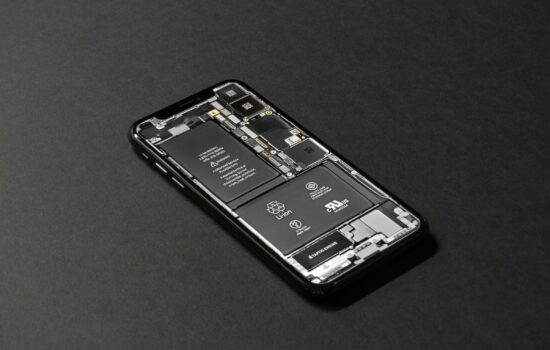Apple Vision Pro was one of the biggest releases of the tech giant that shook the ground quickly and faded into silence. When you try it out, it’s just mesmerizing, and let me tell you this — it’s a way cooler innovation than ChatGPT and any other language model. But it feels like no one cares about the revolutionary Apple headset, which means there is something that went wrong, and the company has to do everything to fix the problems amid the release of the Vision Pro 2.
In this article, we magnify some of the issues people didn’t like about the VR headset and set expectations for the possible second attempt by Apple to attract customers.
Connectivity and Internet Reliability: The Silent Obstacle
For all its local processing power, the Vision Pro leans heavily on network connectivity for core experiences. Many of its hallmark features like immersive FaceTime calls, cloud-powered spatial videos, remote desktop workspaces, and high-definition media streaming, assume you have ultra-fast, low-latency internet at all times. In fact, analysts note that while some basic games or apps can run offline, the primary use-cases are connected applications, meaning using a Vision Pro without internet is akin to using a smartphone with no data plan. Apple’s own demos show the headset seamlessly pulling content from the cloud, but real-world users have found that anything less than a top-tier connection can quickly spoil the magic.
Public Wi-Fi poses another challenge: the headset is designed for home use, but if you venture out (say, try using it on an airplane or cafe Wi-Fi), you’ll battle login portals, unstable speeds, and security risks. In short, patchy internet is a silent obstacle that can render a $3,500 device surprisingly limited.
To cope, some users have turned to proxy servers and VPNs as workarounds. For example, using a static residential proxy can route the Vision Pro’s traffic through a faster or more stable server, mitigating local network throttling and improving consistency. Just as importantly, these technologies provide a safe tunnel for data, guarding against attacks on public Wi-Fi. This means a Vision Pro owner connected to a hotel or airport hotspot can protect sensitive data (like live video feeds and credentials) from eavesdroppers.
Without a doubt, proxy servers are a valuable solution for ensuring faster traffic along with protecting digital data, but this doesn’t mean that a device has to fully rely on one solution. For instance, people use proxies even with their iPhones, which are known to be highly protected against malicious attacks. So, there are always two actors in ensuring safety — the device itself with built-in features and the user with additional tools and software.
Wishlist – Connectivity Improvements: For Vision Pro 2, users are hoping for more offline functionality and resilience to low-bandwidth scenarios. Caching content locally, optimizing streams for lower speeds, or enabling more on-device processing (so every task isn’t tethered to the cloud) would greatly enhance reliability.
Weight and Comfort: The Ergonomic Hurdle
Slip on a Vision Pro and one of the first things you’ll notice (after the dazzling displays) is the weight. At around 600–650 grams for the headset alone – over 1.3 pounds on the front of your face – it’s substantially heavier than typical VR headsets.
Apple chose a sleek metal-and-glass design with an external battery pack to keep the headset lighter, yet all that weight is still front-loaded on your head. Early reviewers universally commented on this heft: “After half an hour the headset feels top-heavy,” noted one, and “you’re just going to feel it after a while,” another said bluntly. The Vision Pro’s fit can be adjusted with various bands and light seals, and an optional over-the-head strap (the “Dual Loop”) helps a bit with stability. Even so, the consensus is clear; Wearing it for a long period is uncomfortable.
Wishlist – Comfort & Battery Fixes: Vision Pro 2 should deliver a significantly lighter, more balanced design. This means a headset that can be worn for more than an hour without inducing fatigue or needing constant readjustment.
App Ecosystem and Content: Missing Killer Apps in the “Spatial” World
Beyond connectivity and comfort, another pain point with Vision Pro is what you can (or can’t) do with it once it’s on. Apple touts that the headset at launch has “thousands” of iPad and iPhone apps available, but most are unmodified 2D apps running in windowed form.
The truly native visionOS app selection is small, and some of the biggest third-party developers are notably absent. In fact, there’s already controversy: major players like Netflix, Spotify, and YouTube have chosen to wait on supporting Vision Pro, even blocking their existing iPad apps from running on the headset. This means if you want Netflix or YouTube on Vision Pro, you’re relegated to using the web browser (Safari) to stream, which works, but lacks the polished, immersive environments that native apps could provide. Likewise, popular gaming and VR content from other platforms isn’t available here.
Wishlist – Software & Content Expansion: The wish list from users here is straightforward: more apps, more content, more capabilities. By the time Vision Pro 2 arrives, users expect Apple to have courted a much wider range of developers, from streaming giants (who ideally will release visionOS versions of Netflix/YouTube, etc.) to game studios and productivity software makers. A richer App Store for visionOS with killer apps that fully leverage 3D interfaces or mixed reality would make the headset exponentially more attractive.






